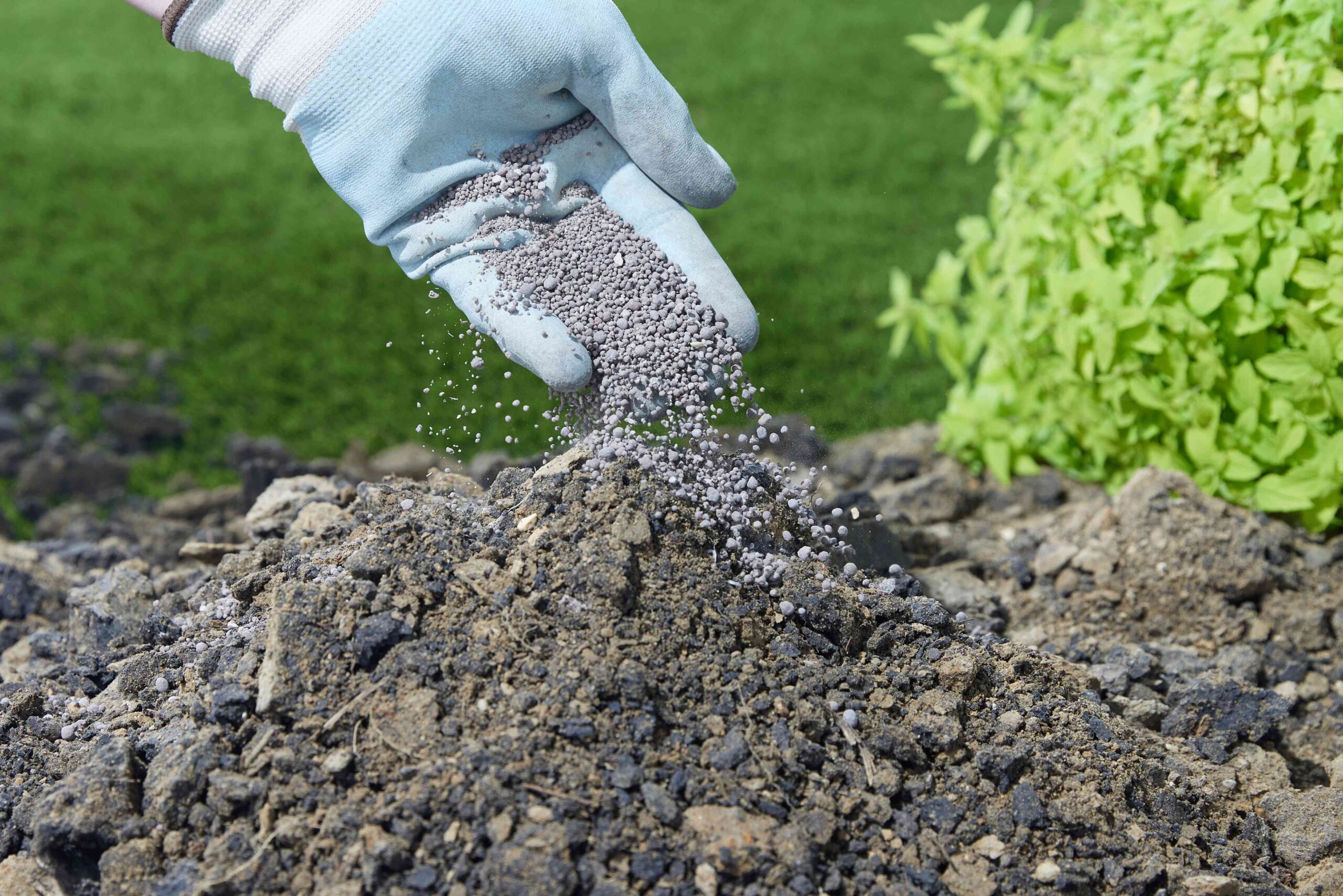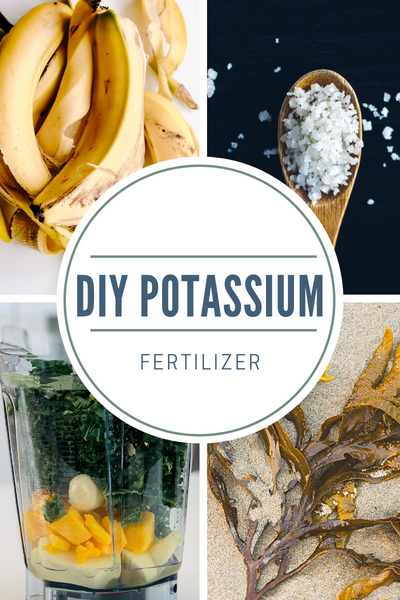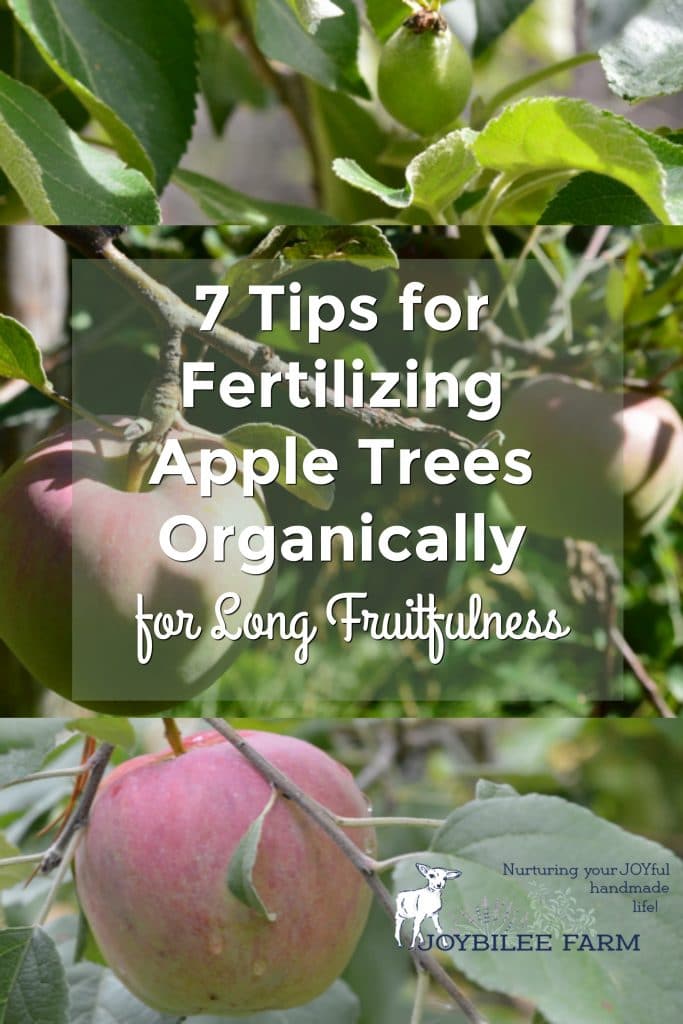Best Way to Use Gypsum for Soil Health
Gypsum is a mineral that has been used for centuries in agriculture to improve soil health. It is a great source of calcium and sulfur, essential nutrients for plant growth. Gypsum can help improve soil structure, reduce compaction, and increase water infiltration. But what is the best way to use gypsum for soil health? Let’s explore some tips and techniques for maximizing the benefits of gypsum in your garden or farm.
1. Determine Your Soil pH
Before applying gypsum to your soil, it’s important to determine the pH level. Gypsum works best in soils with a pH level between 6.5 and 8.5. If your soil is too acidic or alkaline, gypsum may not be as effective. You can use a soil testing kit to determine the pH of your soil before applying gypsum.
2. Apply Gypsum in the Spring or Fall
The best time to apply gypsum to your soil is in the spring or fall. This allows the gypsum to have enough time to break down and be absorbed by the soil before the growing season begins. You can apply gypsum either by broadcasting it over the soil surface or by mixing it into the soil before planting.
3. Use the Right Amount of Gypsum
It’s important to use the right amount of gypsum for your soil. The recommended rate of gypsum application is typically 1 to 2 pounds per square yard for heavy clay soils and 2 to 3 pounds per square yard for sandy soils. Be sure to follow the instructions on the gypsum packaging for the correct application rate.
4. Monitor Soil Moisture Levels
After applying gypsum to your soil, it’s important to monitor soil moisture levels. Gypsum can help improve water infiltration, but it can also dry out the soil if applied in excessive amounts. Keep an eye on your soil moisture levels and adjust your watering schedule as needed to prevent your soil from drying out.
5. Rotate Crops
Another way to maximize the benefits of gypsum for soil health is to rotate your crops. Planting a variety of crops can help break up compacted soil and improve soil structure, allowing gypsum to work more effectively. Consider rotating nitrogen-fixing legumes with other crops to help replenish nutrients in the soil.
6. Test Your Soil Regularly
Lastly, it’s important to test your soil regularly to ensure that your gypsum application is working effectively. You can use a soil testing kit to monitor nutrient levels, pH, and soil structure. Adjust your gypsum application based on the results of your soil tests to ensure optimal soil health.
In conclusion, gypsum can be a valuable tool for improving soil health in your garden or farm. By following these tips and techniques for using gypsum effectively, you can maximize the benefits of this mineral for your soil and plants. Remember to test your soil regularly, monitor moisture levels, and adjust your gypsum application as needed to ensure healthy and productive soil.



